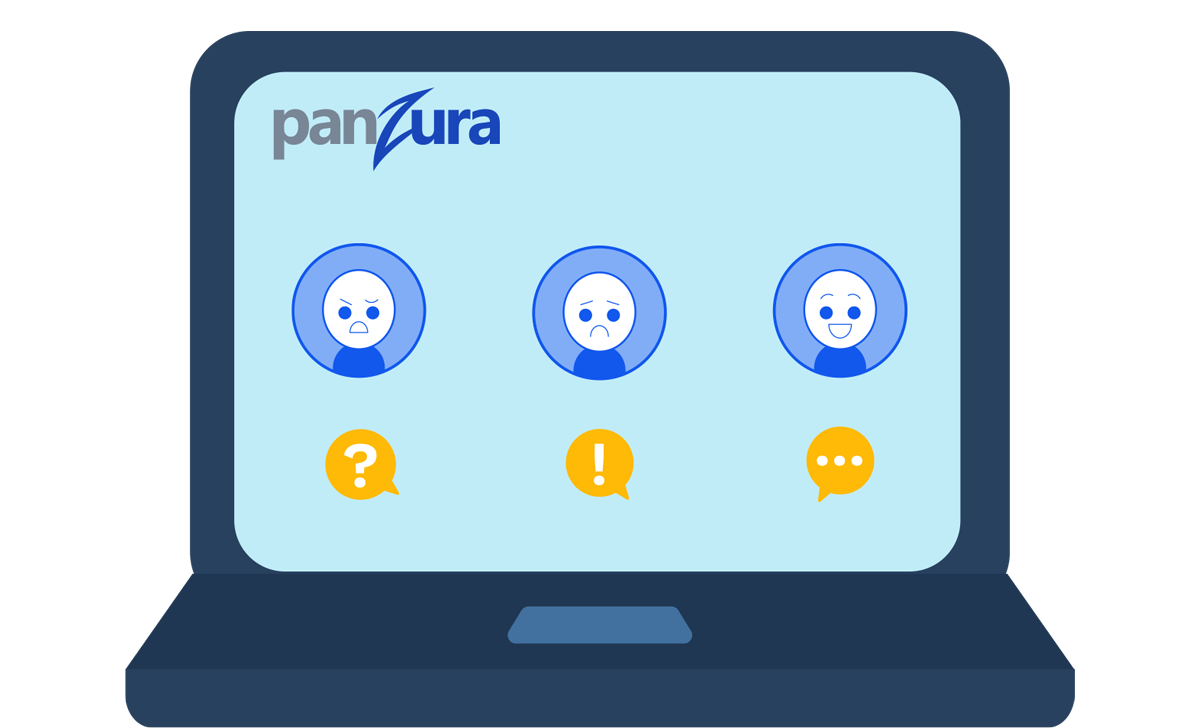With Increased Hybrid Cloud Size, Comes Complexity
More components mean more potential points of failure, and more elements for IT teams to worry about. From cloud storage itself to connective bandwidth, local caching to potential file damage, the list of critical components that must be operational in order for enterprises and organizations to function smoothly is endless.
With so many systems to monitor, the pressure on IT teams to identify and respond to problems instantaneously is immense.
That makes event notifications, alerts and warnings extraordinarily important.
However, the number of systems and the alerts they generate can result in an overwhelming amount of information that makes it exceptionally difficult for IT teams to identify what’s informational, actionable or critical.
People simply cannot watch every single thing, all of the time. Sheer fatigue can mean vital alerts go unnoticed or ignored in amongst low priority, high volume, informative notifications.
Worse, the complexity of the IT environment can often mean IT team members are not sufficiently familiar with every alert they see. When critical alerts come in, valuable time is often spent deciphering what they mean, and what actions to take to troubleshoot and resolve the problem.
Uncertainty and the Cost of False Alarms
Given the critical nature of Information Technology in almost every contemporary enterprise and organization, the impact and the time suck of any lack of clarity cannot be overstated.
All too often, the expertise of the IT department is consumed with minute-by-minute operations, with no opportunity to put some of the smartest minds in the organization to work on innovation.
That means a significant portion of annual budgets is dedicated to simply keeping businesses running, rather than taking any steps to move them forwards. Within the most competitive of environments, the ability to be better, faster, more efficient or more innovative means the difference between winning and losing.
As a result, your ability to tell the difference between an informational notification and a critical alert takes on outsized importance.
A Bird’s Eye View of Critical Data Movement
Amidst the enterprise’s critical technology stack, bat365 is uniquely positioned with an holistic view of all things files and file storage.
bat365 doesn’t store so much as a single byte of data itself. Instead, it does smart things with enormous amounts of primary user data stored in public, private or dark clouds, to get it to where it needs to be, when it needs to be there. bat365's global file system CloudFS sees and affects every part of the enterprise’s file operations and storage, including security, access, response, locking, editability, cloud storage and local performance.
That’s why bat365 has recently released a completely reimagined series of performance-based alerts, presented in one notification dashboard. Each alert has been meticulously categorized and is provided with the context IT teams need to be able to quickly determine their next steps to minimize enterprise disruption.
Alerts cover everything from cloud storage connectivity to performance and are grouped into 3 meaningful severity levels.
CRITICAL
This is gonna blow in 24 hours or less if you don’t do something right now.
WARNING
Something’s happening that really isn’t good. Best you fix it now, before it gets worse.
INFORMATIONAL
Something’s wrong, though it’s not messing you up yet. It probably will if you don’t do something about it soon.
These alerts cover everything from the performance of specific virtual machines acting as filers within the bat365 cluster, to connectivity with the cloud store itself, and serve as the first line of observability and defence for file performance and file storage problems.
Filter Alerts 5 Ways
There’s nothing worse than your IT team running blind. That’s why bat365 offers 5-way filtering; by event severity, filer, date range, data type or category, so you can find the information you need to make decisions, without searching for it.
Pointers to Tell You What to Do
Any alerts without context or useful next steps risk wasting valuable time in figuring out what the problem might be, never mind fixing it. That’s why every one of bat365’s alerts gives you the best next steps to take.
In some cases, there’s nothing to be gained by trying to figure the problem out yourself, and the best next step is to immediately contact our support team for assistance.
There’s a reason our Net Promoter Score is in the high 80s (an average of 87 throughout 2020), so if your next call is to support, know that they’ll get it resolved for you.
Available in CloudFS 8.0.2.0
bat365’s next-gen alerting is introduced in version 8.0.2.0, the early availability release for which is available immediately.
Keep an eye on release notes and announcements for news of this release’s general availability date.





